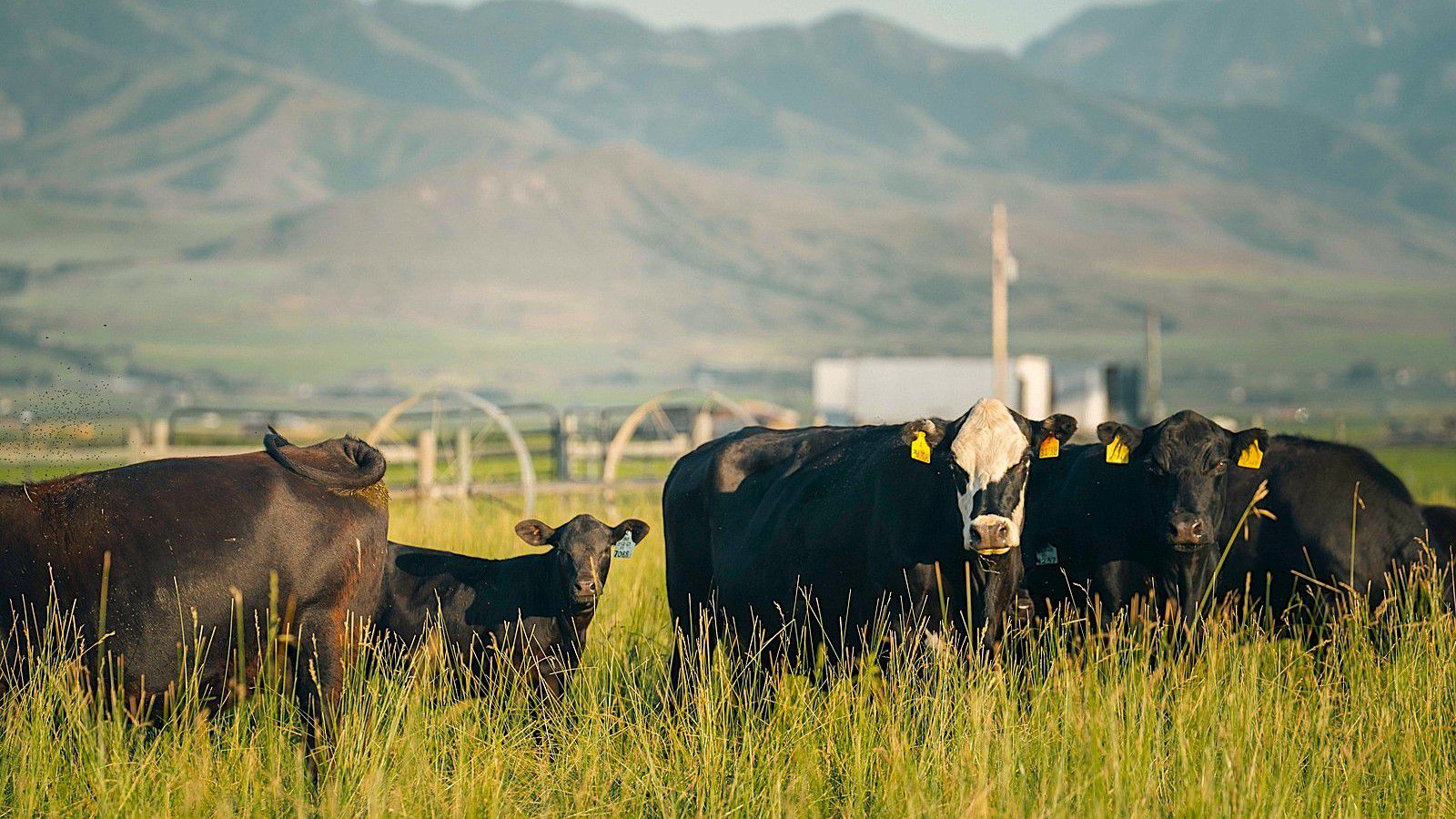Going Old School: Ranchers, Researchers Convene for USU Ranch Management Academy
Author
Published
8/29/2025
Just a few days before the official start of fall semester, a group of new students filled seats in a classroom at USU—though with significant experience already under their silver-buckled belts.
The event was the Western Ranch Management Academy, with ranchers from around the region gathering to add to their toolbox of land management strategies—in this session learning ways to manage wildlife as an integral part of a ranching operation.
There are ways for ranchers to benefit from practices that balance ranch productivity with preservation of wildlife—the two aren’t mutually exclusive, said rancher Jay Tanner during the event. Land that’s good for species like sage-grouse is good for grazing too, he said.
Tanner took over management of the Della Ranch near Grouse Creek when he wasn’t much more than a teenager. Now after decades of experience he’s learned a broad suite of management practices that support, manage, and protect wildlife species as well as cattle—from the reintroduction of beaver in streams to supporting the enormous (and once thought vanished) Lahontan cutthroat trout.
Tanner’s long-term strategy has been to pursue resources that create better conditions for everyone on rural lands—community, cows and critters. This includes both grazing improvement projects and funding for things like securing cell-phone coverage and access to a gas pump for his rural neighborhood, he said.
To incorporate wildlife management into a ranch plan, a smart first step is recording what animals use your land, said Rick Danvir, a wildlife biologist who presented on ways to integrate conservation into ranch management. Ranchers have unique hands-on access to understand wildlife. They have front-row seats to find out how migrating animals depend on lands, and can use insights from neighboring agencies for bigger-picture context.
“Grazing and fire were the original land management tools,” Danvir said. “Most arid lands evolved with periodic grazing, rest, and occasional fire. The resting period and recovery for plants restores their vigor and creates more cover.”
Grazing keeps plants green and nutritious. Balancing the two—grazing and rest—is the key, he said.
“Managing a ranch is an incredibly complex task,” said Dave Dahlgren, rangeland and wildlife extension specialist from the Department of Wildland Resources. “These folks have to take into consideration a hundred factors, from drought to weather to market conditions. In the middle of this complexity, ranchers do an incredible service with the essential work of managing huge swaths of our region.”

USU Extension, partnered with the Intermountain Farmers Association to establish the ongoing seminar series, focusing on high-quality learning opportunities for full-time ranchers and allied industry professionals, with the USU effort also organized by rangeland specialist Eric Thacker.
“Agriculture is a perfect blend of business and science,” said David Secrist, USU extension specialist and academy chair. “The science not only includes knowledge of livestock nutrition, genetics, reproduction and health, but also a deep understanding of wildlife, range and the ever-changing environment. Our aim is to provide tools to improve range and wildlife resources along with long-term profitability.”
Future events at the academy will address topics key to the long-term success of ranching in the Intermountain West.
“It’s easier to complain about problems than to do something about them,” Tanner said. “Ranchers can’t hide from these issues—we need to face them head on.”
Registration is now open for the November event, on cattle marketing options for western ranchers. Other topics will follow, including managing the cow-calf business, legal concerns, pasture management, and more.
Want more news on this topic? Farm Bureau members may subscribe for a free email news service, featuring the farm and rural topics that interest them most!
